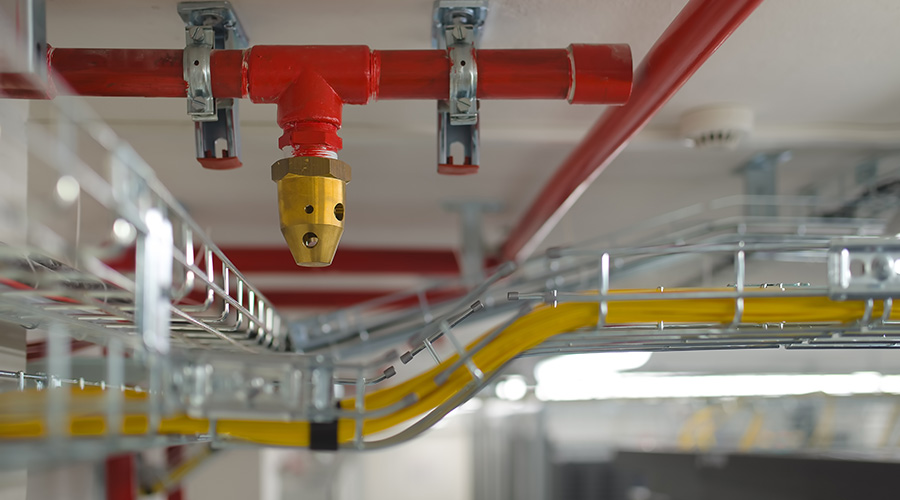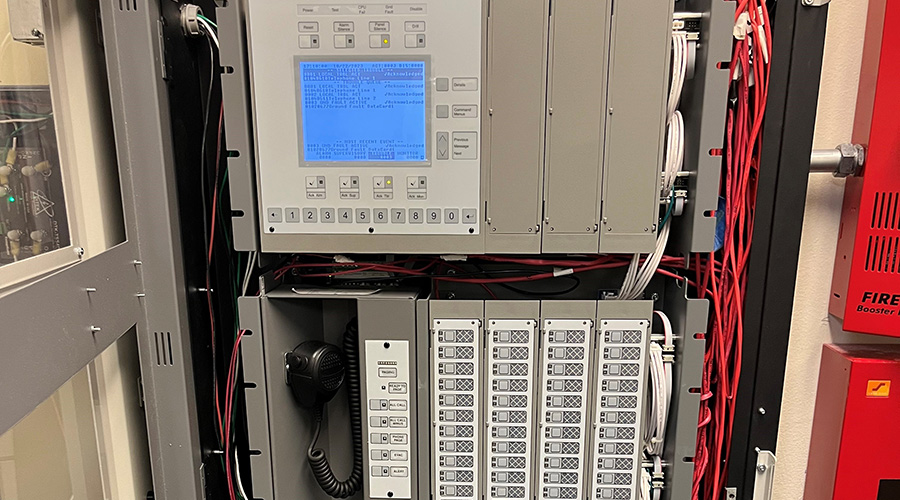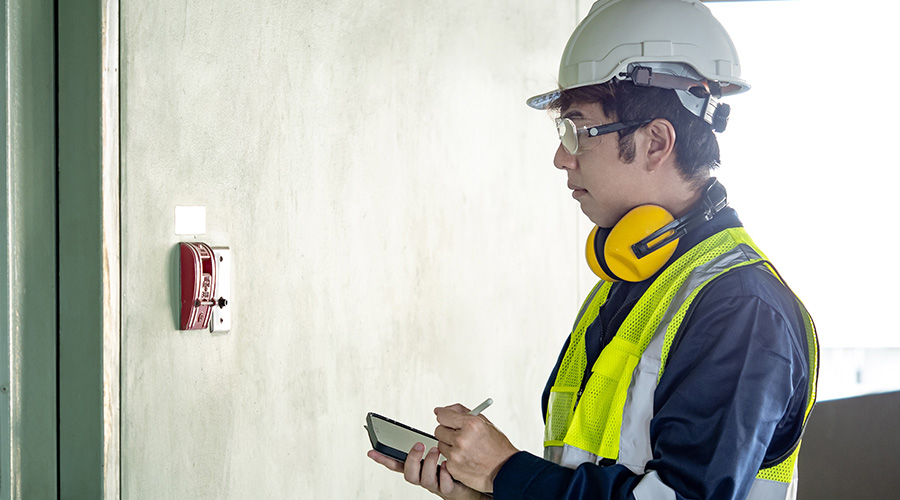Halon Replacement Systems: Pitfalls To Avoid
NFPA Standard 2001 addresses clean agent use, including the design, installation and maintenance requirements for systems that employ replacement agents.
If the existing Halon 1301 hardware is in good condition, says Jelenewicz, facility executives might want to consider a replacement that can be used with the existing hardware.
“For example, most of the halocarbon compounds can be used with existing hardware,” he says.
Other sources, including Ziemba, say that any replacement for a halon system will require more cylinders, and therefore requires at least some additional piping.
“I’d recommend replacing the piping if you have the space and availability,” he says.
When in doubt, consult with a fire protection engineer. “Fire protection engineers understand the science and the latest technologies that are used to protect people, property and the environment from fire,” says Jelenewicz.
Additionally, a fire protection engineer can assist in determining the appropriate fire-extinguishing agent given the specifics of an organization’s application. They can also assist in preparing the design, installation and maintenance requirements.
Other Considerations
Aside from finding the appropriate facility space for the suppressant system and ensuring enclosure integrity, two other considerations might sway the facility executives’ decisions: cost and environmental considerations.
“You know, a lot of facility directors are looking for the least expensive item,” Behnke says. “Unfortunately, there’s no such thing as a cheap fire.”
Any halon replacement system is more expensive than a traditional sprinkler system; therefore, facility executives typically use halon replacement suppressant systems in high-asset locations, where the use of water could be catastrophic to data, valuable physical items that are literally irreplaceable (the state library of Pennsylvania uses a halocarbon system to protect a collection of writings from Ben Franklin), or revenue stream. Keep in mind that refills on inert gas systems that have discharged are generally less expensive than refills for halocarbon compounds.
Inert gas systems have no potential for ozone depletion. Although they contain carbon dioxide, which contributes to global warming, they are not considered a target for phase out for global warming concerns.
The atmospheric life for both Novec 1230 and HFCs is comparatively short — about five days for Novec — and neither causes ozone depletion. But clean agents do have global warming potential. Manufacturers of clean agents say that it is unlikely but nevertheless possible their products could be phased out under climate change agreements or legislation, and so they provide substantial warranties for the products. The exact terms of the warranties differ. One manufacturer offers a 20-year warranty on HFCs, guaranteeing that it will replace the system if HFCs are banned. Another manufacturer offers a lifetime warranty on the product, promising to buy it back from the purchaser if the product is ever banned.
As always, after any replacement system has been installed and commissioned, the facility staff should receive proper training on its operation and implement a maintenance and testing plan for the new system. This maintenance plan should include the hardware that is part of the suppression system, as well as addressing the detection and notification systems and the enclosure integrity.
CHEMISTRY LESSON
Taking the Heat Out of Fire
At the core of both fluorinated ketones and HFCs is fluorine. On its own, the molecule is severely corrosive but does not conduct electricity.
When paired with an element like carbon, fluorine compounds become very stable and retain the non-conductive properties of the chemical, making it a suitable fire suppressant for data and communication centers.
The clean agents are all clear, like water, and have low boiling points so that they evaporate very quickly.
They also react chemically with fire to stop the propagation of flames. As a result of that property, facility executives might hear manufacturers or consultants say simply that clean agent compounds “take the heat out of the fire.” Strictly speaking, that is correct. The molecular structure of gaseous halocarbons breaks down at high temperatures. This breakdown allows halogen atoms to combine with active hydrogen atoms, chemically extinguishing a fire.
|
Loren Snyder, a contributing editor for Building Operating Management, is a writer who specializes in facility issues. He was formerly managing editor of Building Operating Management.
Related Topics:














